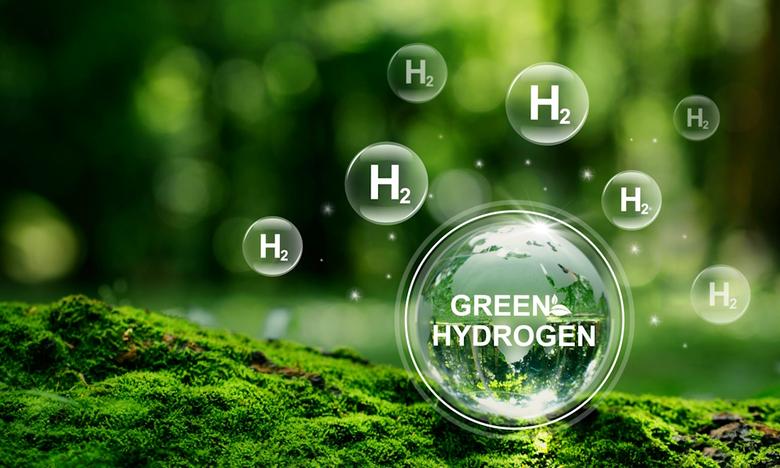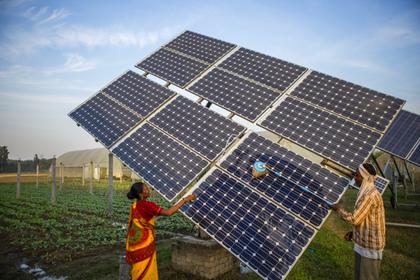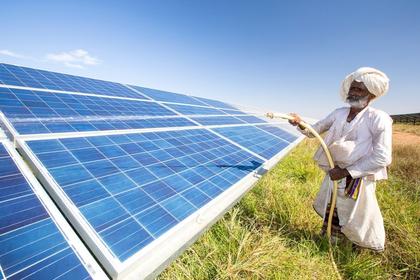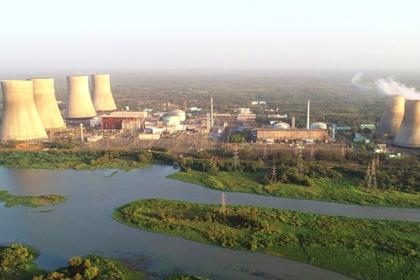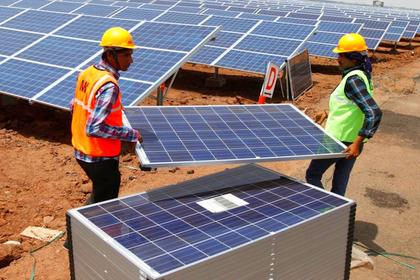1. Efficiency and Safety: Unlike pure hydrogen, ammonia can be transported at lower pressures and more manageable temperatures. This reduction in complexity not only lowers costs but also enhances safety, essential for large-scale, nationwide distribution.
2. Existing Infrastructure: India has a well-developed ammonia infrastructure due to its extensive fertilizer industry. Adapting this infrastructure for hydrogen transport requires minimal modifications, significantly lowering setup costs compared to establishing new hydrogen pipelines or storage facilities.
3. Environmental Impact: Ammonia synthesis, primarily through renewable electricity-driven electrolysis, aligns with India’s carbon neutrality goals. When processed, ammonia releases no carbon emissions, supporting India’s climate pledges.
4. Global Technological Support: Various nations and industry leaders are pioneering ammonia-to-hydrogen conversion technologies, making it easier to adopt global best practices.
Implementation Roadmap for India
1. Build Strategic Hydrogen Hubs Establishing hydrogen hubs in regions rich in renewable resources—such as solar-rich Rajasthan and wind-rich Tamil Nadu—can act as ammonia production centers. These hubs could also house ammonia-cracking facilities that transform ammonia back into hydrogen for immediate use in fuel cells and industrial applications.
2. Upgrade the Fertilizer Sector for Green Ammonia Transitioning India’s ammonia production to green ammonia (produced using renewable resources) will not only make hydrogen transport sustainable but also support decarbonization across sectors.
3. Innovate in Ammonia Storage and Conversion Investment in ammonia storage and fuel cell technology will create a circular hydrogen economy. Fuel cells that operate directly on ammonia, currently in development stages, could eliminate the need for conversion, reducing overall costs and energy losses associated with ammonia-to-hydrogen cracking.
4. Incentivize Private Sector Participation Government incentives, including tax benefits and grants, will encourage private sector participation in ammonia technology research, infrastructure upgrades, and the adoption of green ammonia in various sectors, especially transportation and heavy industries.
Challenges and Solutions
Safety Concerns: Ammonia is a toxic substance, and its handling requires stringent safety measures. India’s experience in the fertilizer sector, however, provides a foundational understanding. By setting up specialized ammonia handling protocols and training personnel, these risks can be minimized.
Technology Development: The technology to convert ammonia back to hydrogen at a large scale is still maturing. Investing in research partnerships with leading global entities and incentivizing local innovation will expedite the development and adoption of efficient ammonia cracking technologies.
A New Dawn in India’s Hydrogen Economy
The transition to green hydrogen, facilitated by ammonia, holds immense potential for India. Ammonia-based hydrogen transport will allow India to harness its renewable resources, optimize existing infrastructure, and position itself as a global leader in the hydrogen economy. By embracing this strategic pathway, India not only advances its clean energy objectives but also secures a resilient and sustainable future.
-----
This thought leadership article was originally shared with Energy Central's Energy Collective Group. The communities are a place where professionals in the power industry can share, learn and connect in a collaborative environment. Join the Energy Collective Group today and learn from others who work in the industry.

